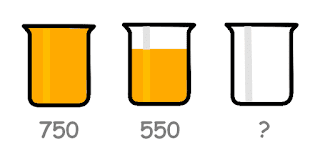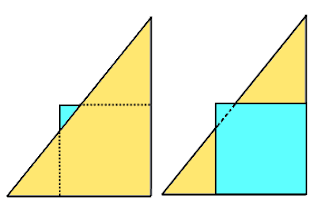Plan an Unbeatable Strategy
Two people play a game of NIM. There are 100 matches on a table, and the
players take turns picking 1 to 5 sticks at a time. The person who
takes the last stick wins the game. (Both players has to make sure that the winner would be picking only 1 stick at the end)
Who has a winning strategy?
And what must be winning strategy in the person who takes the last stick looses?
This could be the winning strategy!
Who has a winning strategy?
And what must be winning strategy in the person who takes the last stick looses?
This could be the winning strategy!




















